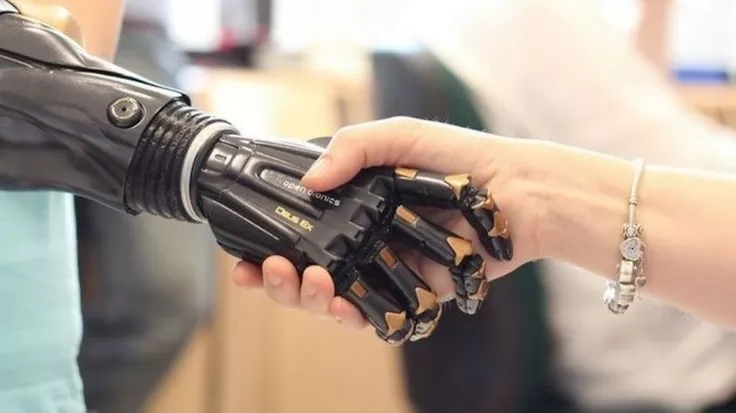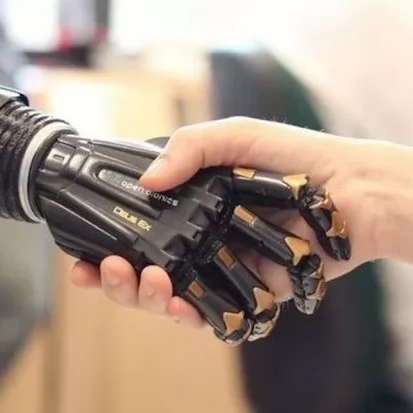Below Elbow Arm Prosthetics
Product Categories
Below Elbow Arm Prosthetics
Below-Elbow Arm Prostheses
These prostheses are typically used after transtibial amputation. Similar to legs, arm amputations are also categorized by levels such as below and above the elbow or wrist. Below-elbow amputation refers to the loss of the part of the arm before the elbow joint, and prostheses used in this case aim to replace the lower part of the person's arm.Components of Below-Elbow Arm Prostheses:
Socket: A socket designed to fit the user's arm precisely according to the amputation level. This socket ensures the prosthesis is securely attached to the body.Movement Mechanism of the Arm: Below-elbow prostheses generally operate via mechanical, electric, or hydraulic systems. Electric prostheses move by utilizing the user’s muscle signals. Mechanical prostheses typically rely on simple systems controlled by the user’s arm muscle strength.
Arm and Hand Components: The end part of the arm prosthesis can have various types of hands. This is customized based on the user’s lifestyle and needs. For example, prostheses with simple hand-grip functions or more sophisticated, electronically controlled grasping capabilities can be selected.
Control Systems: EMG (electromyography)-based prostheses, which move via muscle contractions, detect electrical signals in the user's arm muscles and use these signals to control the prosthesis movements.
Advantages of Below-Elbow Arm Prostheses:
Functional Recovery: These prostheses can restore some of the lost arm functions. Especially hand grasping, holding, and delicate movements are important.Adaptability to Different Needs: Electric prostheses can be more efficient in tasks requiring precise and strong grip (such as writing or fine motor skills tasks).
Aesthetic and Custom Design: The external design of arm prostheses can be personalized according to the user’s preferences. Prostheses can have natural-looking aesthetics with colors, shapes, and functions adapted to the body.
Rehabilitation and Adaptation:
Individuals starting to use below-elbow arm prostheses generally undergo a rehabilitation process. This process focuses on how to move during daily activities with the prosthesis, how to control movements via muscle contractions, and overall functionality. Rehabilitation helps the user adapt faster and use the prosthesis correctly.Below-elbow arm prostheses play an important role in increasing users' independence and enabling a more active lifestyle.


